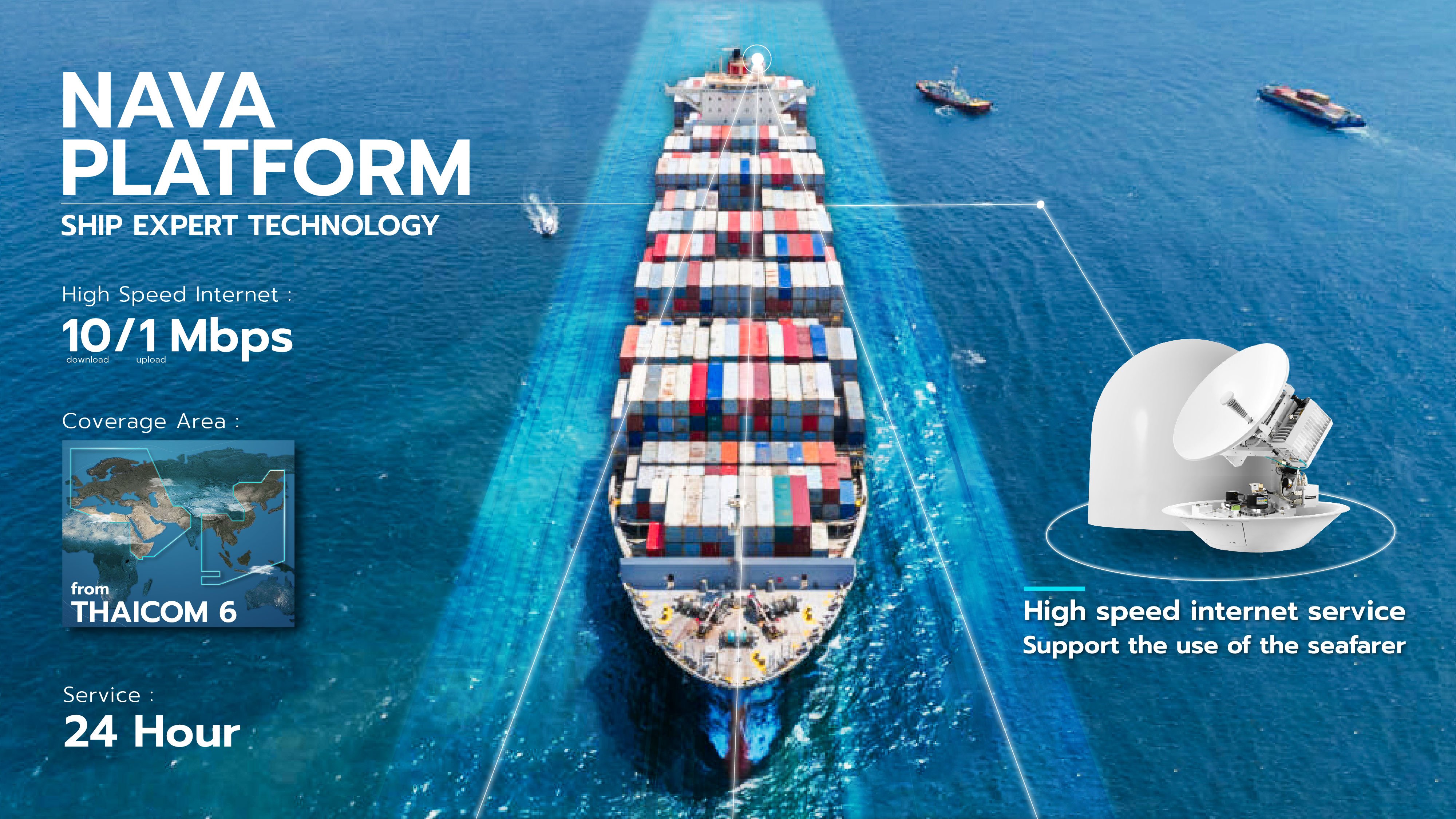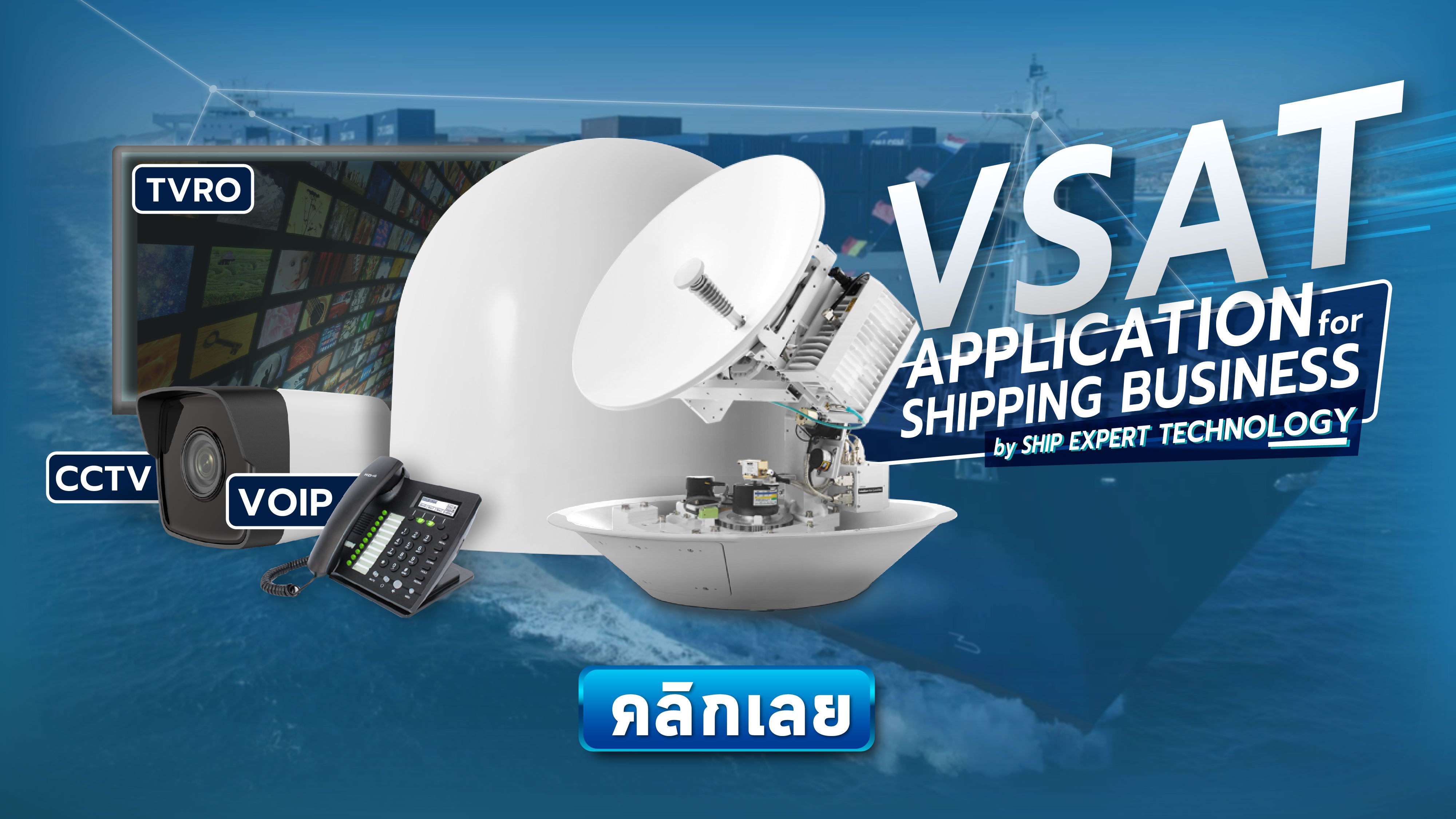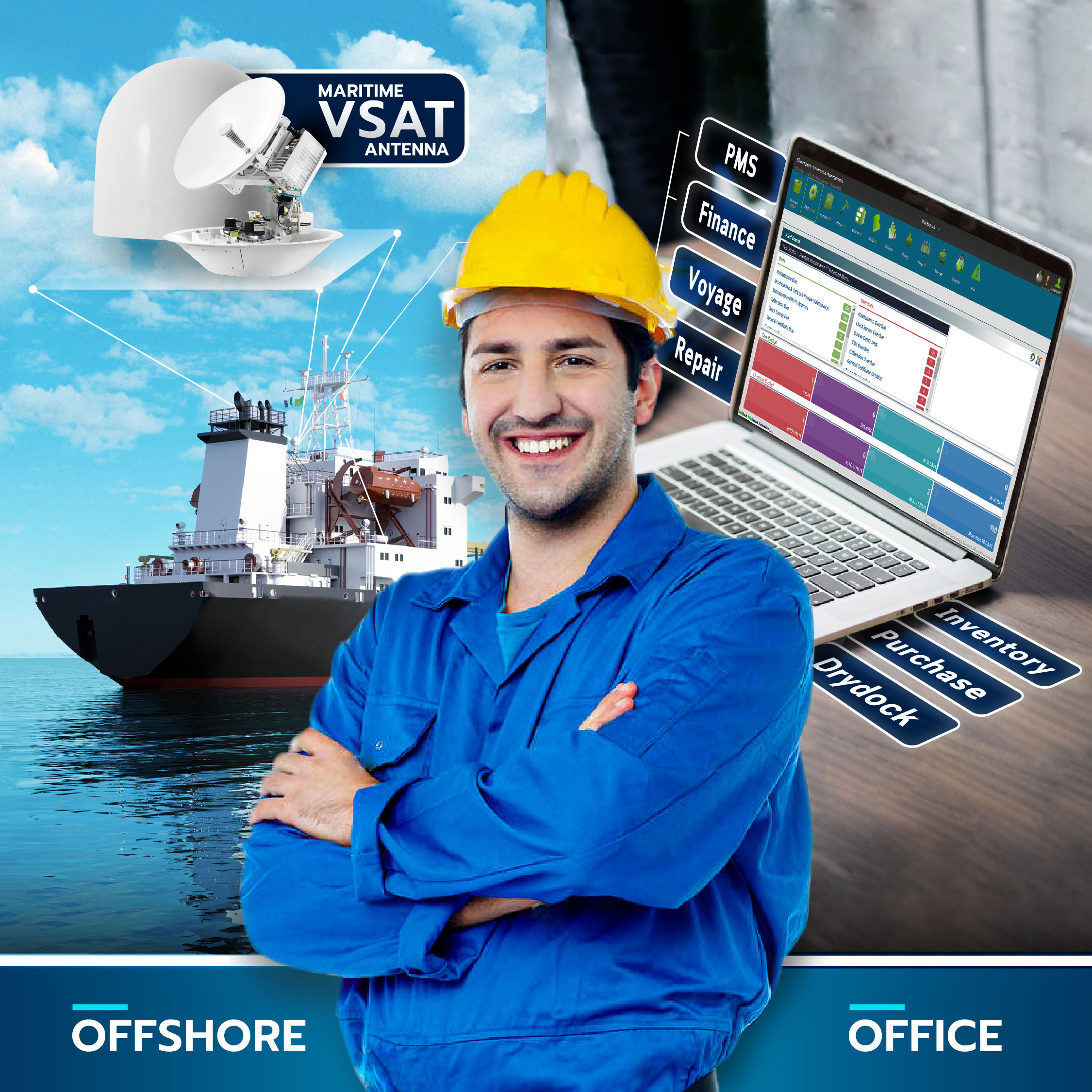Technology development - from concept to reality
It seems surprising to find out that the idea of communicating through a satellite was first described by an American clergyman and author. Edward Everett Hale wrote the concept in his short story titled ‘The Brick Moon’, published in 1869-70. The story tells the building and launch into the Earth orbit of a 60-metre-diameter brick-made satellite. The brick moon supported seafarers in navigation.Later in 1945, a famous science fiction author Arthur C. Clarke introduced the first practical concept of satellite communication in a paper titled ‘Extra-Terrestrial Relays: Can Rocket Stations Give World-wide Radio Coverage’. His work led to the construction of the first satellite, Sputnik 1, launched by the Soviet Union on October 4, 1957. From there, the development of satellite technology continues.
The first VSAT (very-small-aperture antenna) came around in the early 1980s. It was a C-band receive-only type. During that same period, there was the introduction of the world's first Ku-band VSAT to provide network connectivity for oil field drilling and exploration units. It was later followed by the development of the Ku-band VSAT for enterprise customers. These enterprise terminals expanded to 100,000 sites for the next 20 years. They are mainly used for two- way data or telephony applications.
VSAT is widely used because of its flexibility and easy deployment.
Why does a ship need VSAT?
Communication is always an important part of every business. It is becoming more important in today's digital age because digital transformation is taking place. Effectiveness and efficiency of business operations increase when applying digital solutions.
Some business sites and operation fields are located in remote places, especially at sea where conventional infrastructure is out of reach. A satellite offers borderless communication within its coverage area. With VSAT installed at a site, a network among workstations, operation fields, and offices can be established.
VSAT for maritime use has to endure in an extreme environment. A 3-axis stabilizer is an integral part for a maritime VSAT to always face the optimized direction for the best signal receiving. A dome is designed to cover for securing all parts. This allows VSAT to have low maintenance cost.

Further, the design of VSAT for the maritime industry is compact in size and is finely blended with the ship structure.
When ships or operation fields have VSAT, various applications are possible.
VSAT Applications for Maritime Business
Maritime VSAT usage can be divided into two main aspects: business operation and crew & passenger welfare. There are more applications coming. Here are just some well-known examples.
Business Operation Applications
- ERP (Enterprise Resource Planning): Owners and management staff can deal and allocate all business assets real- time by using this software. Ship Expert Enterprise (SEE) is an ERP software which is exclusively designed for maritime business.
- Cyber security: As technology opens a door to new opportunities, it also opens a way to new risks or threats. IMO requires all members to identify cyber security as a risk to be addressed in safety management systems and the handling of the risks are to be verified in audits from 1 January 2021 onwards. Onboard firewalls, software updates and encryption is needed.
- Fuel monitoring: If owners know how fuel is consumed, they can analyse and change to better control cost.
- Ship performance monitoring: Fleet managers collect data from vessels to evaluate their efficiency during voyages.
- Weather condition: Mariners use weather and ocean information to plan a route for the best fuel consumption, passenger comfort or to reduce stress on deck cargo.
- Managing broadband: IT managers monitor connectivity usage, control access and manage the broadband delivered to ships according to operator, crew and client requirements.
- IT monitoring: IT managers can monitor onboard IT networks, diagnose problems, control access, and build cyber security.
- Port optimisation: Ship masters contact port authorities and operators to arrange arrival times, berth requirements and order pilot services.
- Shore support: Shore office can transmit additional information to support onboard decisions.
- Preventative maintenance: Ship’s parts and machine data is stored and analysed for schedule maintenance.
Crew & passenger welfare Applications
- Internet surfing: Crew and passengers browse their preferred websites.
- TVRO (Television Receive-Only): Crew and passengers enjoy watching famous TV shows as they are ashore in their leisure time.
- VoIP: Voice over IP allows a call to home via internet protocols.
- Social media: This has become a fundamental part of life in this new digital world, however it should be available under some restrictions.
- Telemedicine: In case of emergency on board, consultation with medical professionals in real time can solve the issue.
- E-training: Special training can be arranged on board as live training or video downloaded for career development.
An mobile application to help users monitoring their usage is exclusively included in the service from Ship Expert Technology. The service is a reliable and stable VSAT system for the maritime industry.










